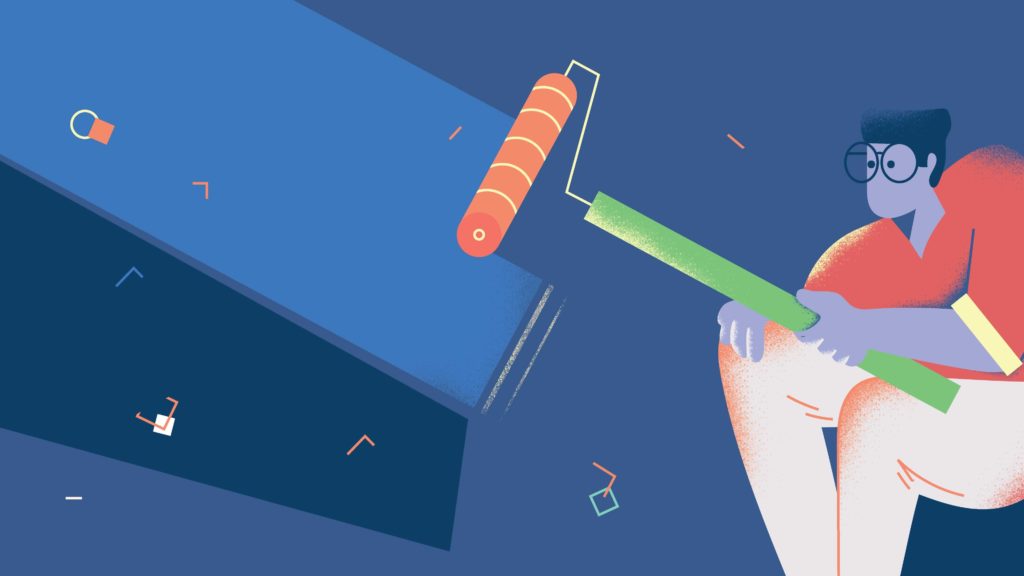Categories
Innovation & Tech
Most Popular
How Smartphone Use Affects Memory and Attention
Aaron Chi
- July 1, 2023
- 6 min read
Search
Follow Us
Recent on Blogar
From FOMO to JOMO: Embracing the Joy
- July 9, 2023
- 5 min read
Break Free from FOMO: Unlocking a Life
- July 6, 2023
- 8 min read
How Smartphone Use Affects Memory and Attention
- July 1, 2023
- 6 min read






















